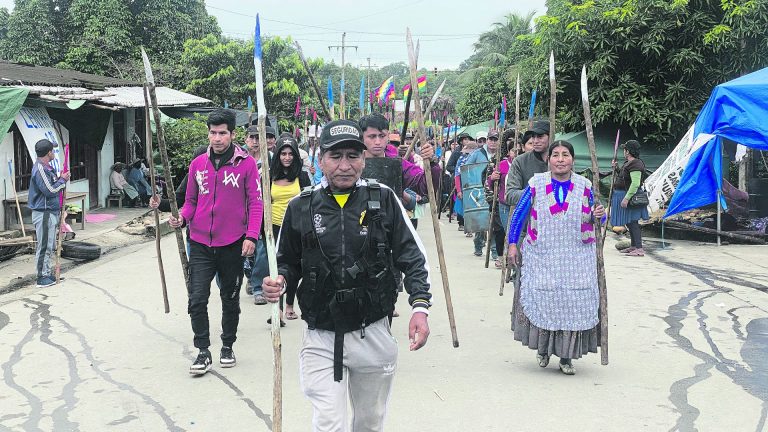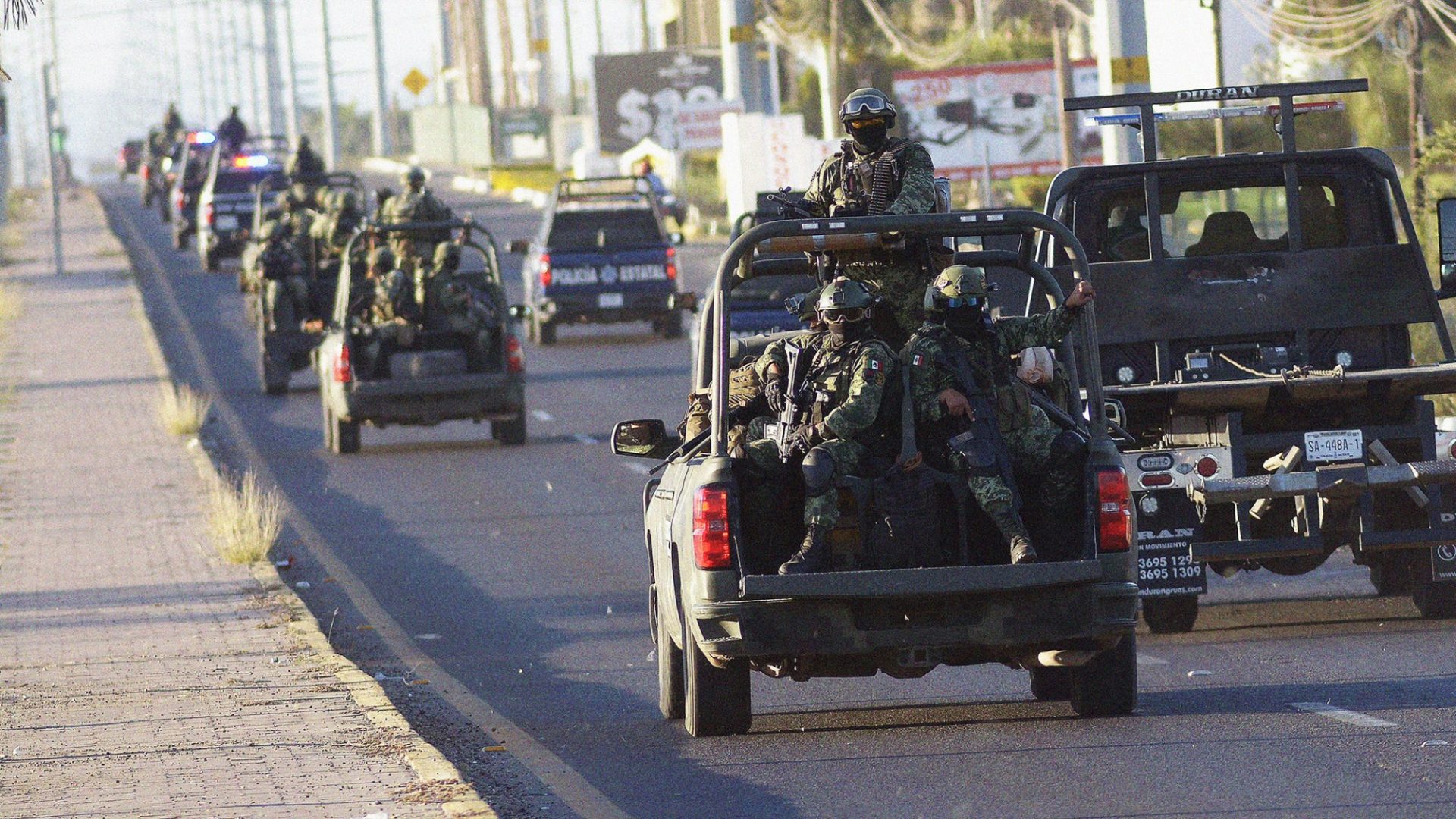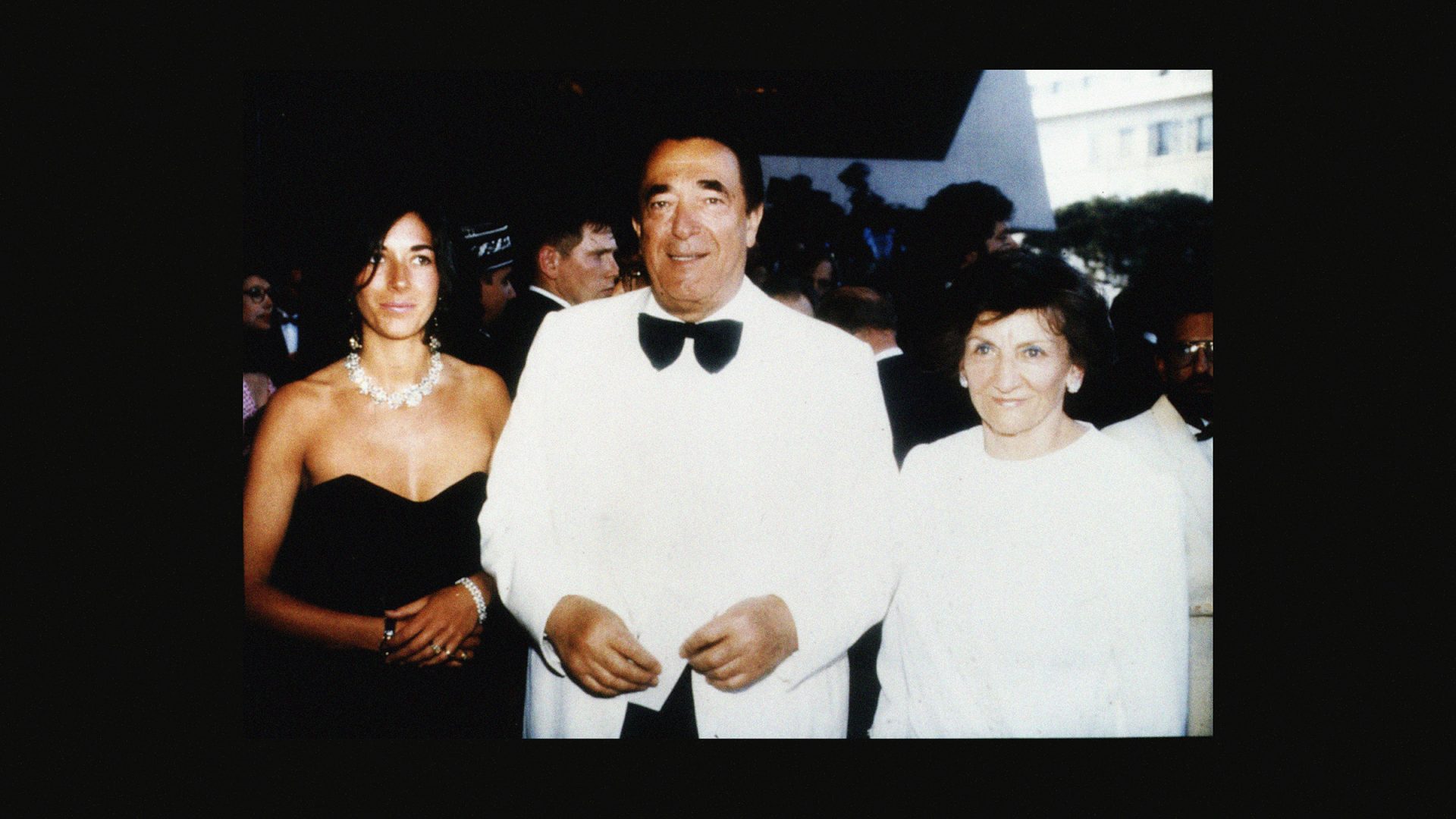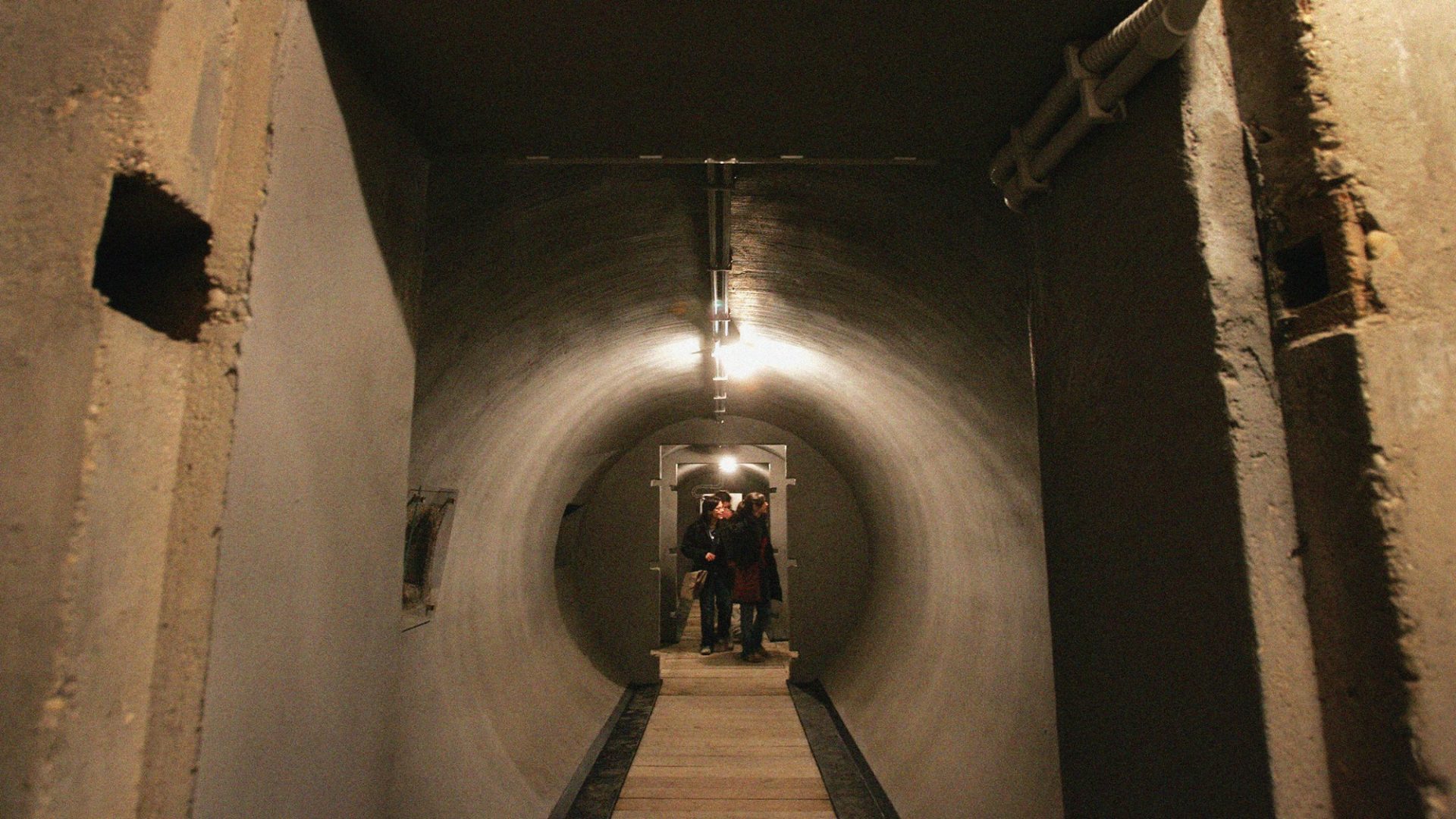Sinaloa, Mexico, is no stranger to the surreal. But even old hands might have paused at the sight of a fleet of trucks evacuating almost 1,000 exotic animals – from tigers and monkeys to ostriches and elephants – one day in May. They were the latest refugees from the violence that has flooded the state.
On September 9, 2024, war broke out in the Sinaloa Cartel, one of the world’s most powerful drug-trafficking organisations, after one of its founding bosses, Ismael “El Mayo” Zambada, was apparently betrayed by a son of his co-founder, Joaquín “El Chapo” Guzmán. Both El Mayo and El Chapo are now in American prisons. Meanwhile their sons are fighting a war that has left almost 3,000 dead or missing.
I’ve been to Culiacán three times since it started. The first time, people were terrified. I was the only guest in my hotel, and there were sporadic cracks of gunfire through the night. The office of a news outlet was sprayed with bullets – a warning for something, but no one knew what – while trucks were hijacked, parked across the main roads, and set ablaze. The second time felt a little calmer – until a police chief I’d interviewed was gunned down.
This time felt different. The terror has fallen off, and people seem to have decided it is safe to go out during the day. But everyone is alert to the faintest disturbance. And it still empties out as night approaches, which is when the violence happens.
The daily count of murders, kidnappings and car robberies across Sinaloa is still three times what it was before the conflict broke out. On my first day back, there were 11 murders and 30 carjackings. The crime reporter I was tagging along with reckons we miss half of what’s really happening. Miguel – not his real name – casually mentioned that a neighbour of his was kidnapped the other day. “Not next door, a few houses down,” he added, perhaps to reassure me. The body turned up a few days later.
Culiacán in May is on the cusp of the hurricane season, and almost as hot as it gets. As we drove the streets with the air con blasting, Miguel kept up a flow of information: they killed four people just there the other day; for some reason they like to dump bodies on that corner; in that supermarket carpark they approached a lookout – a boy – and were chatting and joking when another came up behind him and shot him in the head. “Bien feo,” he concluded: really nasty. Miguel seems to have a whole parallel geography of violence for the city.
Suggested Reading

Bolivia, where a former president is on the run
Still, the narcos are not as visible as they were. The lookouts used to make no effort to hide themselves, tearing around the city on motorbikes with walkie talkies in hand. Now they’re gone: either dead or lying low. The digital eyes have been plucked too. When the government reported having dismantled hundreds of secret cameras across the city that had been feeding footage into intelligence centres, locals were disturbed by the sheer extent of surveillance.
This is not the first war in the Sinaloa Cartel. There have been two other convulsions this century, and in both cases the losing side was broken: killed or forced to leave the territory. Sometimes they end up running to the US for protection, in exchange for information. The toll of those wars can be seen in the posters for disappeared relatives that paper every surface in the city centre, and the cenotaphios, the little shrines on the road side.
It was, by recent standards, a quiet day. But at 6.05pm, Miguel’s phone lit up: someone had been shot nearby. The message came with a grainy video of a man on the floor, his arm still moving slightly. When we arrived at 6.23, he was dead. The body was next to a motorbike, in front of a gym. In the window of the gym it said “NO EXCUSES JUST RESULTS”. A rivulet of blood reached away from the body, forking, drying, slowly turning the colour of the concrete around it.
The scene was almost serene: everything had stopped. The car park had been cordoned off and people had emerged from the neighbouring cafes, banks and a chiropodist’s to watch. Police and journalists milled among them, collecting testimonies, piecing them together. The sheet over the body kept lifting with the breeze. Eventually it flipped all the way off. A policeman went to replace it and stopped to look at the revolver on the floor by the body. Perhaps the man had tried to defend himself at the last.
“The hitmen often wait until the target is mounting their motorbike,” said Miguel. “That’s when they’re vulnerable.” If this war had a visual motif, it would be just that: a dead young man by a motorbike.
A personal trainer from the gym said she’d been giving a class when she heard something behind the music. She went out to the reception but her colleague hadn’t heard anything: they’d been blitzing a smoothie. Then she saw the body out front, next to her car. “My car in the news,” she laughed, as we took photos. Then she asked Miguel to zoom in, to check whether her car had any bullet holes: that would make it evidence, and would mean it gets towed. “It’s my father-in-law’s birthday and I’m meant to bring the cake,” she said. “I won’t even have time to shower.”
As we left, two cartel lookouts swept past on a motorbike, surveying the scene, before racing off. Miguel flicked the music back on and a song by Chalino Sánchez, the iconic son of Sinaloa and singer of corridos, Mexico’s traditional outlaw ballads, began to play. The Crime of Culiacán narrates a gruesome revenge killing, the death of an innocent bystander, the grief of two mothers – and ends with a warning about who you associate with. It came out in 1992. Sánchez himself would be killed later that year; some think that was a revenge killing too. But the song keeps playing.
Thomas Graham is a freelance journalist based in Mexico City



